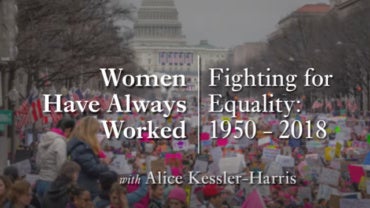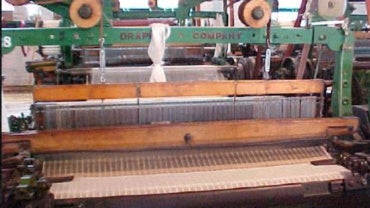This project produces and displays free interactive maps showing the historical geography of dozens of social movements that have influenced American life and politics since the start of the 20th century, including radical movements, civil rights movements, labor movements, women’s movements, and more. Until now historians and social scientists have mostly studied social movements in isolation and often with little attention to geography. This project allows us to see where social movements were active and where not, helping us better understand patterns of influence and endurance. It exposes new dimensions of American political geography, showing how locales that in one era fostered certain kinds of social movements often changed political colors over time.











